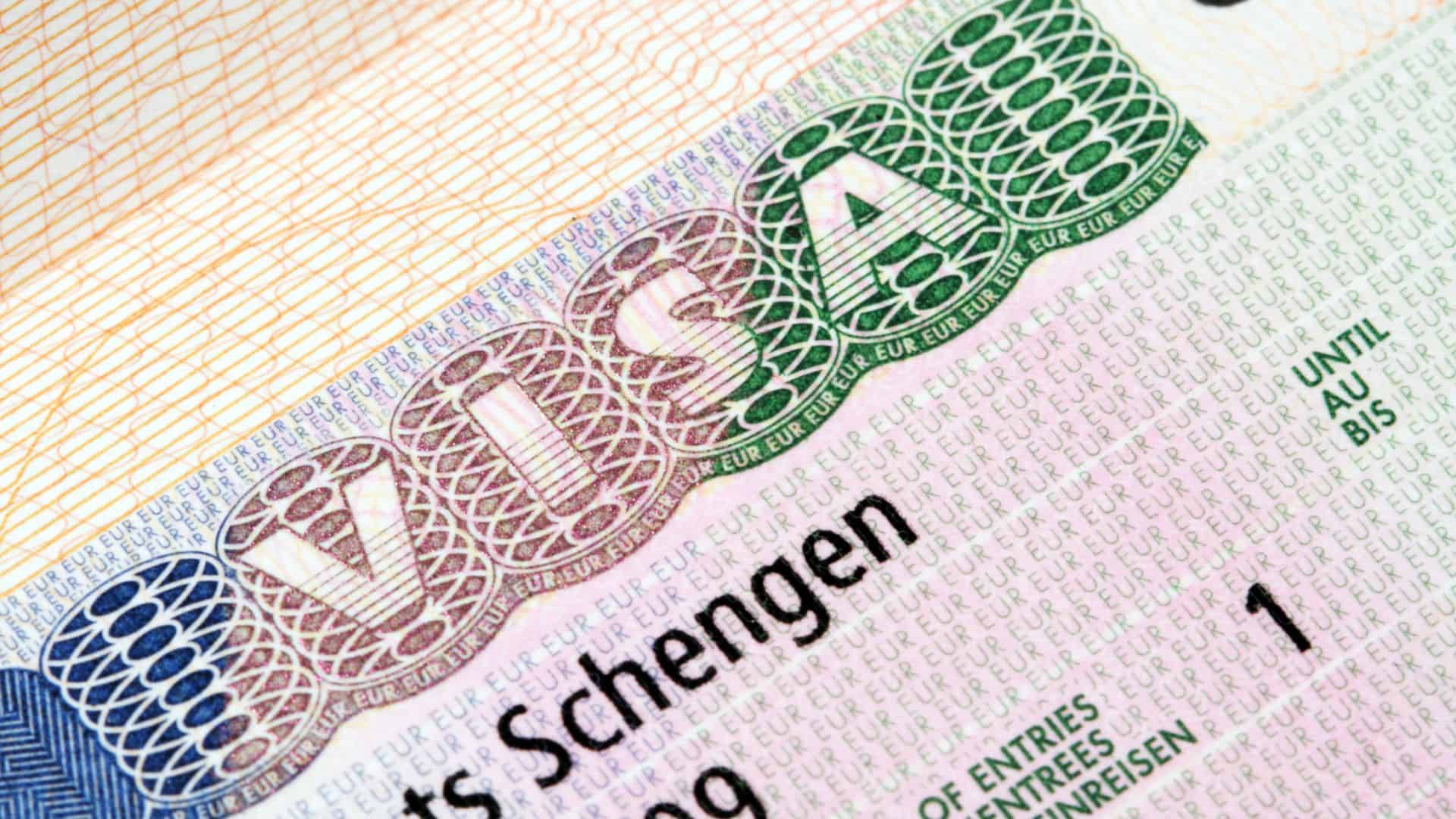
Understanding Time Zones and GMT
Time is a critical aspect of our daily lives, and as the world is divided into different regions, each with its unique time zone, it becomes crucial to comprehend the concepts of GMT (Greenwich Mean Time) and how to adjust our watches accordingly. Time zones exist to synchronize activities worldwide, accounting for the Earth's rotation. GMT serves as a reference point for these time zones, being located at the Greenwich meridian in London. To effectively navigate the intricacies of time and time zones, it's essential to explore the functions of GMT watches and how they can be adjusted to accommodate various regions.
The term “GMT” can often be quite confusing to many. GMT or Greenwich Mean Time, is the Universal Time (or center) of the world’s 24 time zones. Greenwich lies in east London, and it was there at the Royal Observatory that very important discoveries regarding longitude were made. At the International Conference of 1884 that it was then decided that the Greenich Meridian should become the Prime Meridian of the world, or in other words zero longitude.
As for Western Europe, generally everybody but Great Britain, Ireland, and Portugal (who are all GMT) is GMT plus 1. This means you move your watch one hour forward of GMT.
Generally, Western Europe changes its clocks for daylight savings forward on the last Sunday in March and then changes back again on the last Sunday in October.
Also, take note most of Europe will often express time using the 24 hour clock standard (aka military time), instead of the popular am/pm system.
Europe spans several time zones, so it's important to be aware of the local time when traveling within the continent. Here are the main time zones in Europe:
1. Greenwich Mean Time (GMT):
-GMT is the time at the Royal Observatory in Greenwich, London, England. It serves as the reference point for all time zones worldwide. GMT does not have daylight saving time, so it remains constant throughout the year.
2. Central European Time (CET):
-UTC/GMT +1 hour
-This time zone covers much of Western and Central Europe, including cities like Paris, Berlin, Madrid, and Rome. CET is observed during standard time.
3. Central European Summer Time (CEST):
-UTC/GMT +2 hours
-CEST is used during the daylight saving time period in Central Europe. It starts on the last Sunday in March and ends on the last Sunday in October. Many countries in Europe switch to CEST during the summer months.
4. Eastern European Time (EET):
-UTC/GMT +2 hours
-This time zone covers countries in Eastern Europe, including cities like Athens, Bucharest, Istanbul, and Helsinki. EET is observed during standard time.
5. Eastern European Summer Time (EEST):
-UTC/GMT +3 hours
-EEST is used during the daylight saving time period in Eastern Europe. Similar to CEST, it starts on the last Sunday in March and ends on the last Sunday in October.
Further Time Zones:
-Some regions in Europe, such as parts of Russia, Belarus, and the Azores (Portugal), have their own unique time zones.
When to Change Your Watch:
1. Standard Time (Winter):
If you're traveling during the winter months (from late October to late March), you'll typically be in either GMT, CET, or EET depending on your location. Adjust your watch accordingly when you arrive in a new time zone.
2. Daylight Saving Time (Summer):
If you're traveling during the summer months (from late March to late October), be aware of daylight saving time changes. Some countries in Europe observe CEST or EEST, so make sure to adjust your watch when necessary.
Always double-check the local time zone of your destination, especially if you're crossing borders or traveling to regions with unique time zones. This will help ensure you're on time for your activities and appointments.
Always double-check the local time zone of your destination, especially if you're crossing borders or traveling to regions with unique time zones. This will help ensure you're on time for your activities and appointments.
GMT Watches and Their Functionality
One of the key components of a GMT watch is the rotating bezel, a feature that allows users to track multiple time zones simultaneously. The GMT hand on the dial is a dedicated indicator for Greenwich Mean Time. This hand works in tandem with the hour hand, enabling the wearer to set the GMT hand to their home time while using the hour hand for the local time. This function is particularly useful for frequent travelers or individuals engaged in global business, as it provides a quick and efficient way to keep track of time in different parts of the world.
Navigating Different Time Zones with a GMT Watch
The versatility of GMT watches is evident when navigating between different time zones. To set a GMT watch, users can pull out the crown to the first or second position, depending on the type of watch. Turning the crown allows adjustments to the GMT hand and hour hand independently, making it easy to align with the desired time zone. For instance, if you're in New York and want to set the watch for Tokyo time, you would set the GMT hand to Tokyo time using the rotating bezel, while keeping the hour hand in sync with the local New York time. The coordinated universal time also known as utc has a different current time too.
Daylight Saving Time and its Impact on GMT Watches
Daylight Saving Time (DST) adds an additional layer of complexity to timekeeping. Some regions observe DST, requiring a one-hour forward adjustment during specific periods. GMT watches are designed to accommodate this change. Users can set the hour hand to reflect the local time, while the GMT hand remains fixed on GMT. This ensures accurate timekeeping even in areas that follow DST. The rotating bezel of this GMT watch becomes a valuable tool during DST, as users can easily track the time difference and adjust their watches accordingly.
Popular GMT Watch Brands and Styles
Several renowned watch brands offer GMT watches with unique features catering to diverse preferences. Brands like Rolex, Seiko, and Orient have created a creative collection of GMT watches, ranging from classic 12-hour dials to pilot-style watches with a 24-hour scale. Rolex's iconic GMT-Master, for example, features a rotating bezel and a second time zone hand, making it a favorite among travelers and aviation enthusiasts. Seiko's GMT models, on the other hand, showcase the brand's precision engineering, while Orient offers more affordable options without compromising on style and functionality.
In conclusion, understanding time zones, GMT, and the functionality of GMT watches is crucial for anyone dealing with international activities or frequent travel. The intricate features of GMT watches, such as the rotating bezel and dual-time hands, provide a user-friendly solution to keep track of time in different parts of the world. Whether you are a business professional, a pilot, or a travel enthusiast, having a reliable GMT watch ensures that you can effortlessly set the time to match any desired time zone. As technology advances, watchmakers continue to refine and innovate GMT functions, making these timepieces an indispensable tool for those who value precision and accuracy in managing time across the globe.










